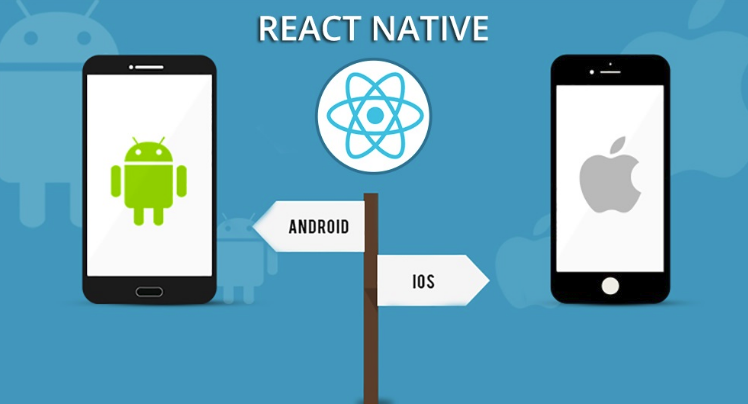
- #CREATE REACT NATIVE APP RUN ANDROID EMULATOR MAC HOW TO#
- #CREATE REACT NATIVE APP RUN ANDROID EMULATOR MAC MAC OS#
- #CREATE REACT NATIVE APP RUN ANDROID EMULATOR MAC INSTALL#
- #CREATE REACT NATIVE APP RUN ANDROID EMULATOR MAC ARCHIVE#
LogBox is automatically disabled in release (production) builds. LogBox #Įrrors and warnings in development builds are displayed in LogBox inside your app. To enable them, open the Hardware menu, select Keyboard, and make sure that "Connect Hardware Keyboard" is checked. React Native supports a few keyboard shortcuts in the iOS Simulator. When enabled, most of your edits should be visible within a second or two. Fast Refresh is enabled by default, and you can toggle "Enable Fast Refresh" in the React Native developer menu. While debugging, it can help to have Fast Refresh enabled. Enabling Fast Refresh #įast Refresh is a React Native feature that allows you to get near-instant feedback for changes in your React components. The Developer Menu is disabled in release (production) builds. Alternatively for Android, you can run the command adb shell input keyevent 82 to open the dev menu (82 being the Menu key code).
#CREATE REACT NATIVE APP RUN ANDROID EMULATOR MAC MAC OS#
You can also use the ⌘D keyboard shortcut when your app is running in the iOS Simulator, or ⌘M when running in an Android emulator on Mac OS and Ctrl+M on Windows and Linux. You can access the developer menu by shaking your device or by selecting "Shake Gesture" inside the Hardware menu in the iOS Simulator.

This is all you need to do to run React Native apps on Android devices or emulators.Debugging Accessing the In-App Developer Menu #
#CREATE REACT NATIVE APP RUN ANDROID EMULATOR MAC INSTALL#

Here’s an example of a commands sequence you can use as an example to locate the correct folder: Please make sure you find the correct path of the folder where the template resides. Go to View -> Terminal to activate the Terminal: Instead, please install Visual Studio Code, which has a built-in Terminal that behaves exactly like the terminal on MacOS.

The command prompt on Windows is weird, so don’t use it. In that case, you can simply run “ npm install & react-native run-android” and the app will just start. Run the React Native appĪll you need to do is simply run the two commands we described above: cd ~/path/to/templateĪlternatively, you can also use Visual Studio Code, which gives you a Terminal that’s directly located at the right folder. Once you have an emulator up and running, proceed to the next step. You can also create new emulators of your own, with your own hardware requirements. Follow the official Android documentation if you run into any issues.Īndroid emulators are bundled into Android Studio, so please install Android Studio, open it, go to Tools -> AVD Manager and start an emulator of your choosing: You might need to enable USB debugging in Device Settings, under Developer Tools. If you have an Android phone or tablet, simply plug it in. In order to run React Native apps on Android, you need an Android device or an emulator. If you need more details or help, read on. The app is now running on your Android device. It must be the folder with the template, otherwise the app won’t run. To make sure you are in the right folder, you can run “pwd” to see the current path.
#CREATE REACT NATIVE APP RUN ANDROID EMULATOR MAC ARCHIVE#
Replace ~/path/to/template with the correct path to the folder where you extracted the archive downloaded from our server.
#CREATE REACT NATIVE APP RUN ANDROID EMULATOR MAC HOW TO#
If you don’t, no worries, we are going to describe step by step how to setup your environment for running React Native code. The process is actually pretty straightforward if you already have the tools installed.

In this article, we are going to describe how to run our premium React Native Apps on Android.


 0 kommentar(er)
0 kommentar(er)
